Come read about the what, why, and how for decodable readers. If you teach phonics and reading, you need to know this!
Why Every Phonics Teacher Should Use Decodable Readers
What are Decodable Readers?
Decodable readers are books that only use words with previously taught phonics patterns or sight words.
If you’ve ever wondered why children read stories like “The fat cat sat on the mat,” this is why!
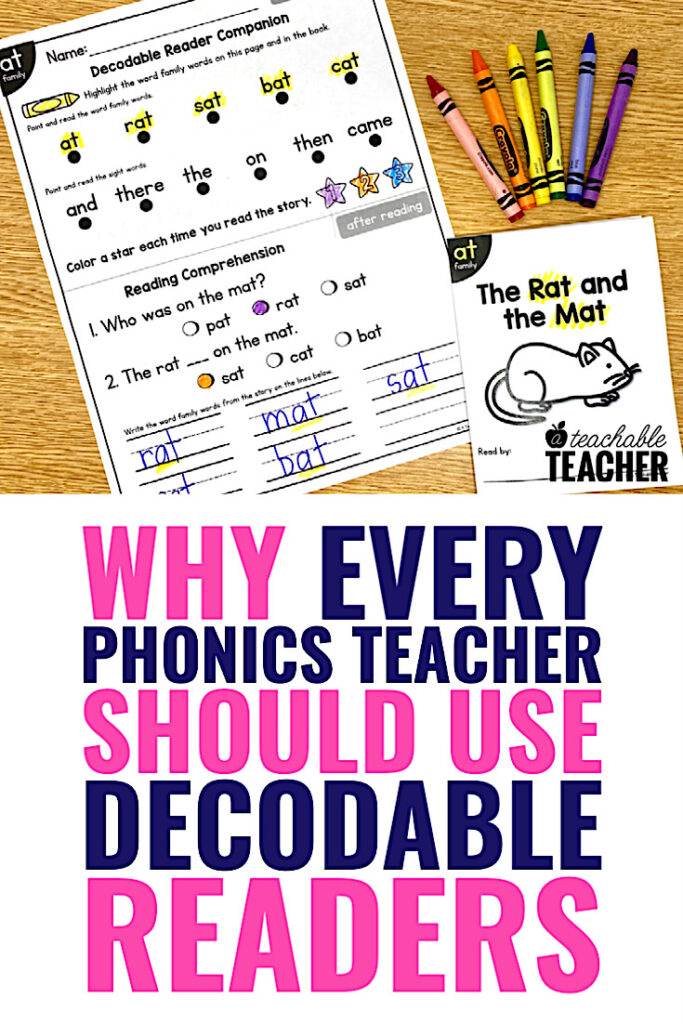
Who Needs Them?
Any student who is learning to read through phonics should have access to decodable readers.
Remember, students need the opportunity to practice new phonics skills in the context of reading!
Why Should I use Decodable Readers?
If you’ve read this blog post on the right way to teach phonics, you understand the importance of reading words with the target phonics skill in context.
Today I’m sharing three huge reasons why every phonics teacher should be using decodable readers with his/her students.
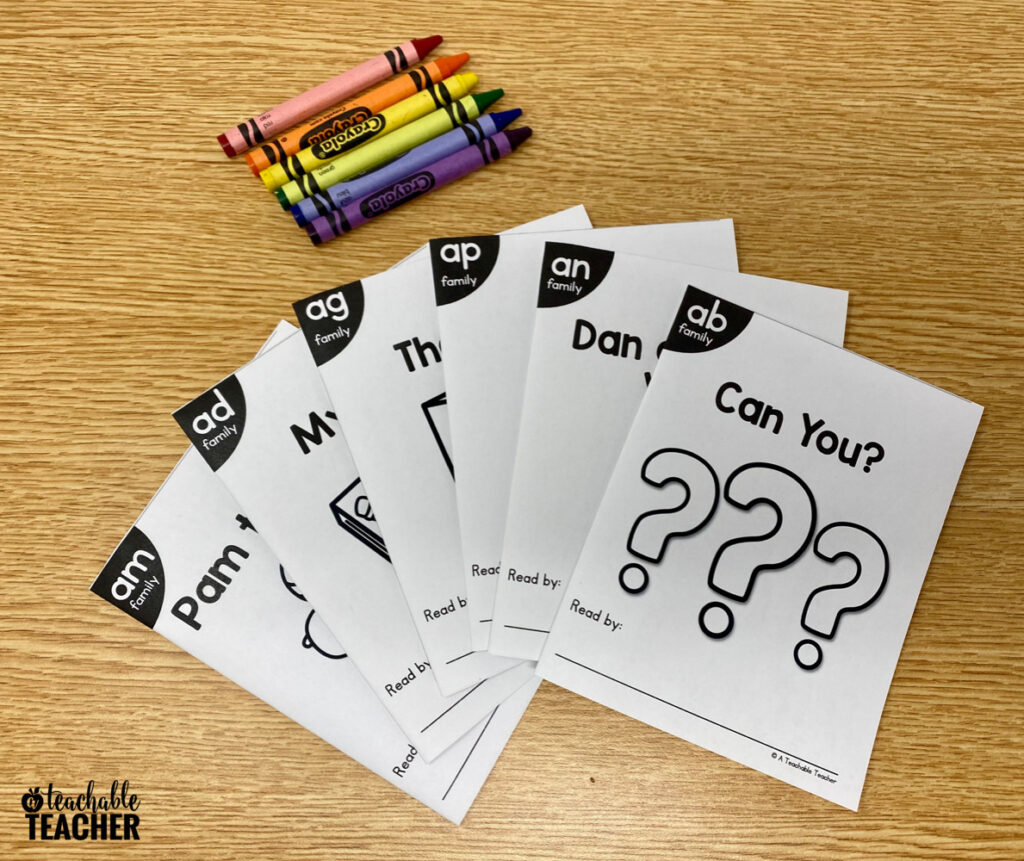
1. They give students the opportunity to practice words in context
Decodable readers give students the chance to practice reading words they either know (sight words or high frequency words) or should be able to decode.
They should be able to decode a word once they have already been taught all of the phonics skills in the word.
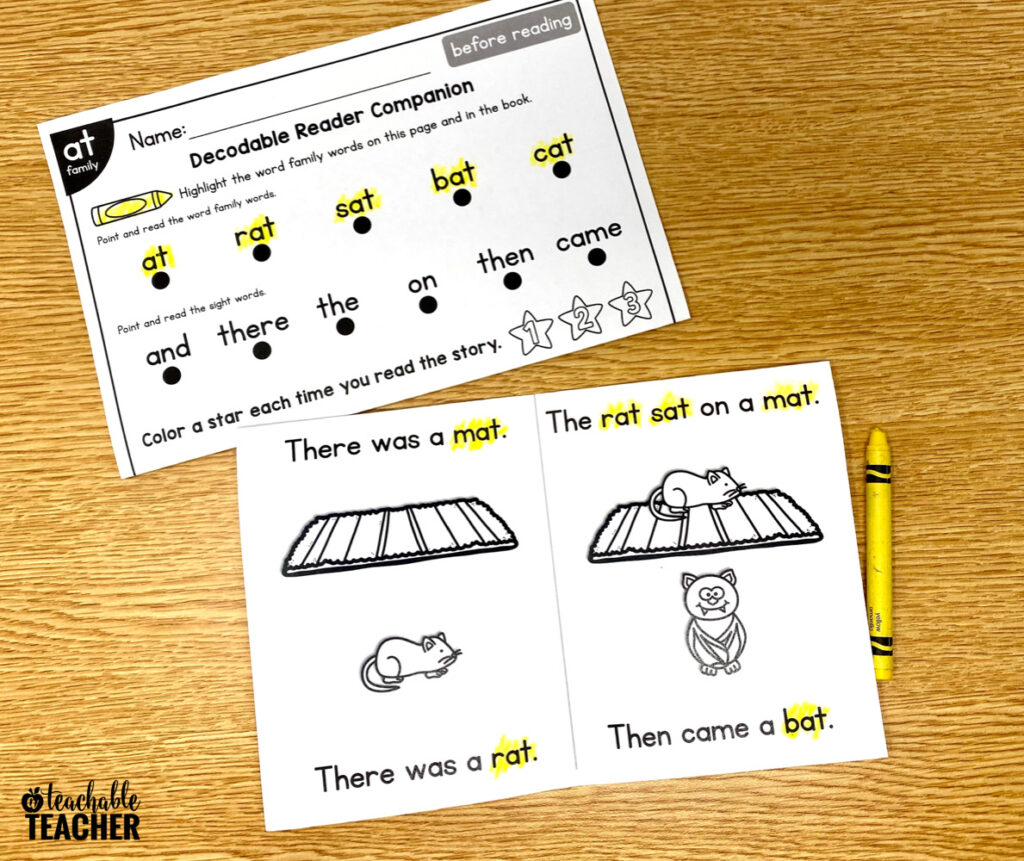
2. Decodable readers help build fluency
One way to build fluency is to read and reread words.
A better way to build fluency is read and reread words in context.
Because decodable readers are targeting a specific skill, it’s likely skill words will come up more than once in the text.
Decodable readers help build reading fluency.
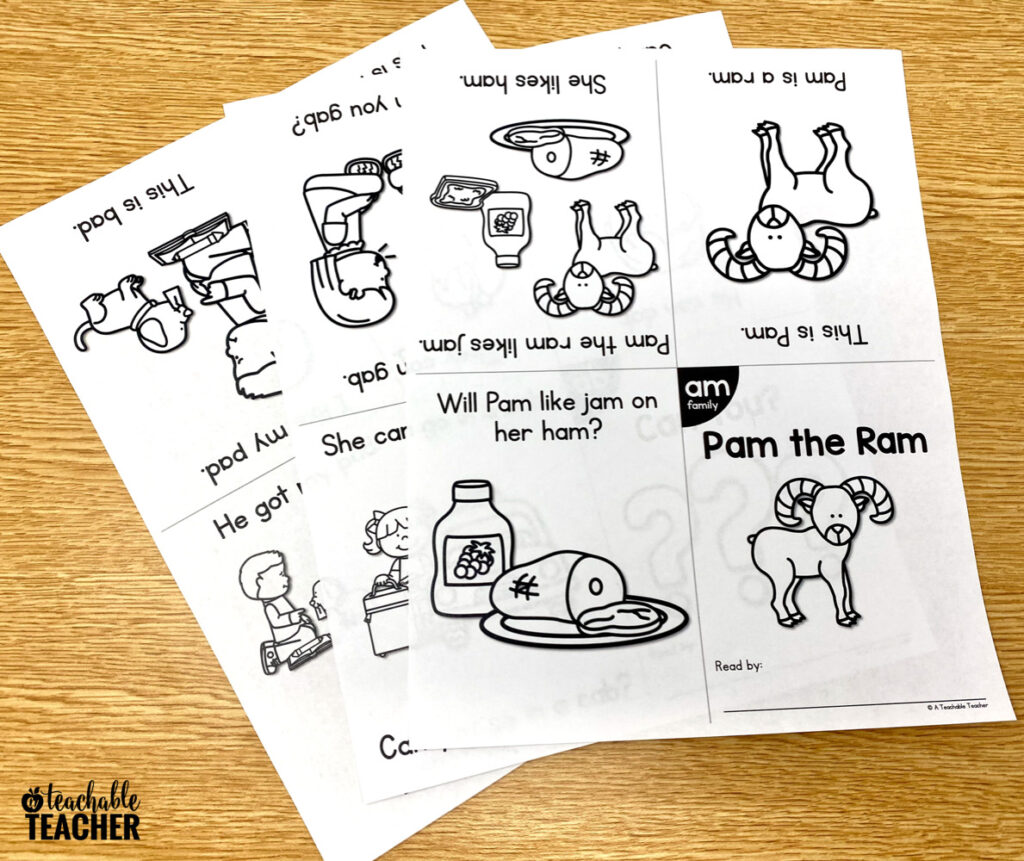
3. They help raise student confidence
You know when you look back at something you just did and you’re like “Wow, I can’t believe I did that?!”…
And suddenly, you feel really good about yourself?!
Like when I first started cooking my way through the Half Baked Harvest Cookbook and would see and eat a delicious meal….
I couldn’t believed that I was the one that cooked it.
So the next night, I cooked another one of her recipes. And I felt the same way, so the next night…you get the picture. #happyhusband
Because of that, I started feeling more and more like a cook. I also started thinking of myself more and more like a cook.
That’s how new readers are when they start reading books. Building their reading confidence and their identities as readers is so important.
One easy way to do this is through decodable readers!
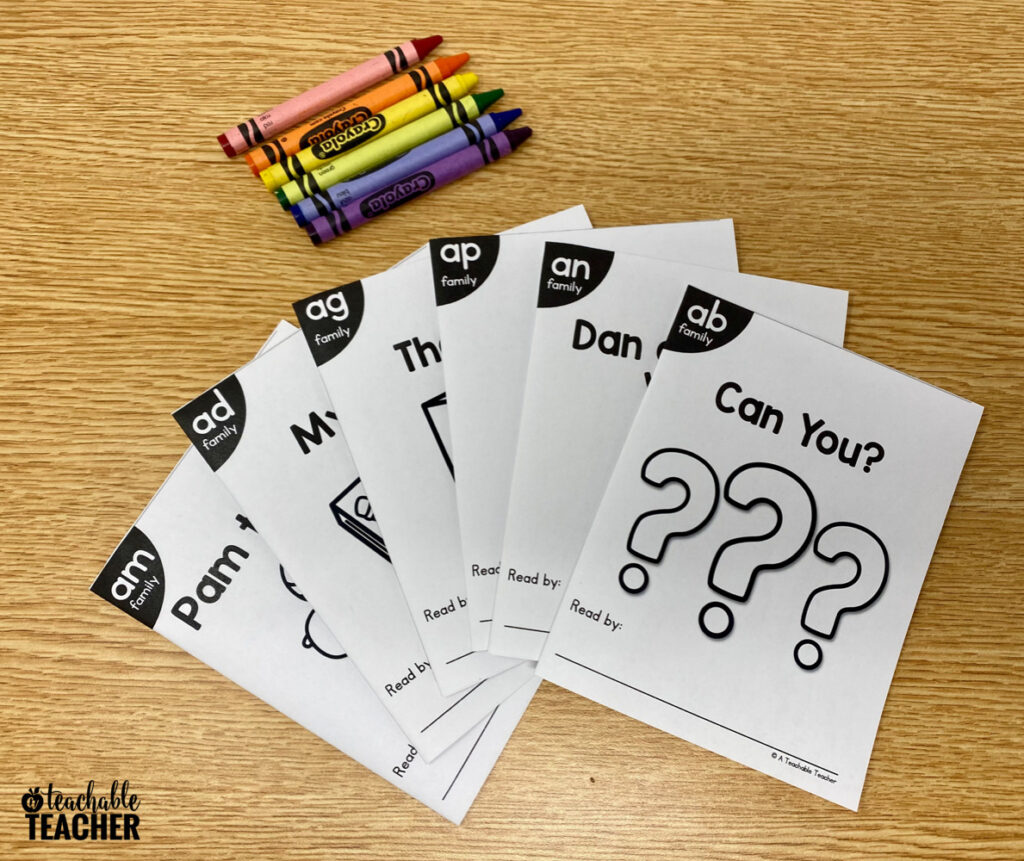
They don’t know these books are decodable!
They just know they are reading.
And wow…they just read a book! They must be a reader.
This is the #1 reason why I spend so much time writing passages for kids to read. When their face lights up because I just read that, they start to believe in their reading ability.
And that confidence changes EVERYTHING.
When Should I use Decodable Readers?
You should use decodable readers after teaching a phonics skill in isolation.
For example, if you have just taught your students the -at CVC word family, and practiced reading and writing -at family words, it’s now time to practice reading those words in context.
This is when your students should use the -at word family reader.
How do I get Decodable Readers?
Decodable Readers should be included in your phonics curriculum. However, we know that just because something should be included, doesn’t mean that it actually is!
If decodable readers are not a part of your phonics curriculum, you can purchase them on Amazon or on Teachers Pay Teachers.
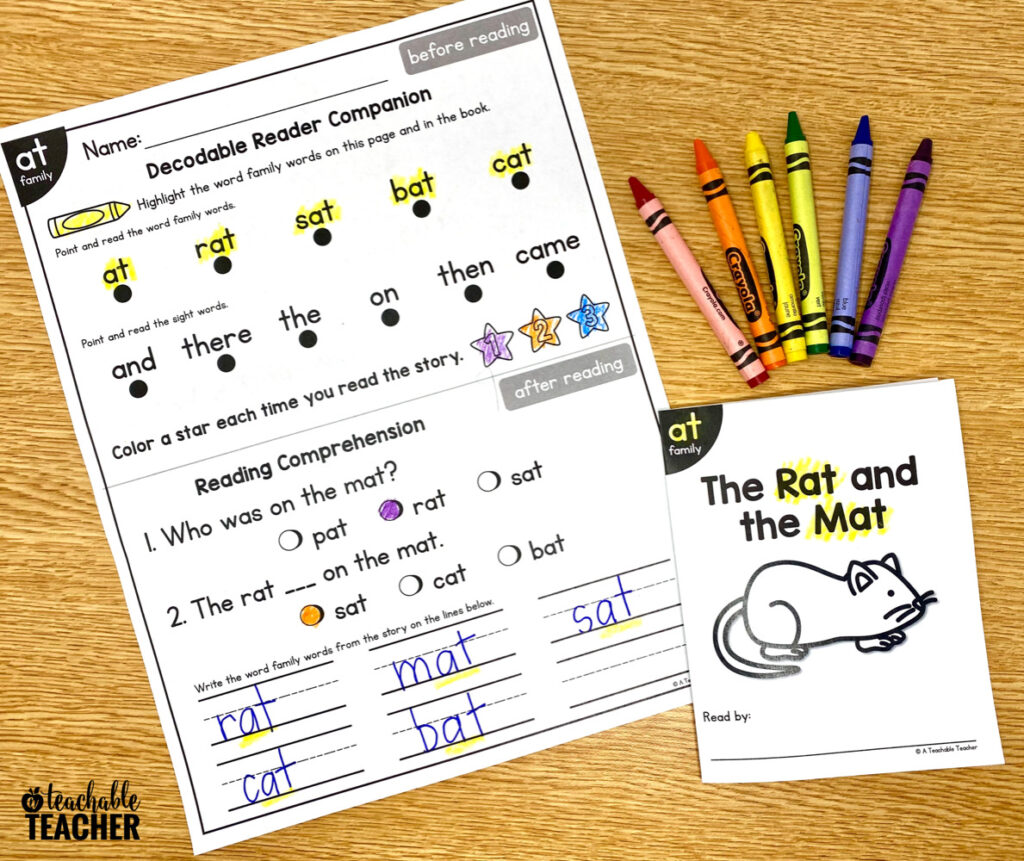
The decodable readers that I have written are available both here in my website shop and on Teachers Pay Teachers.
Important Note about Choosing Decodable Readers
When choosing to purchase decodable readers that are not a part of your phonics curriculum, you want to make sure that the decodable readers will match your phonics scope and sequence.
The reason for this is that you do not want phonics skills that you haven’t taught yet to appear in the text. Otherwise, they’re not decodable for your students.
For example, let’s say your students have learned all of their short vowels and consonants. You want them to practice reading, so you pull out beginning reader CVC decodable books.
The scope and sequence the book was based off of has students learning the digraph sh when they learn the alphabet.
Therefore, the book has a sentence that says, “Pat likes to shop.”
Your students will become confused when they cannot sound out shop correctly because they have yet to learn that sh says /sh/.
For this reason, all of my CVC decodable readers and CVC decodable passages use only the targeted CVC word family and sight words/high frequency words.
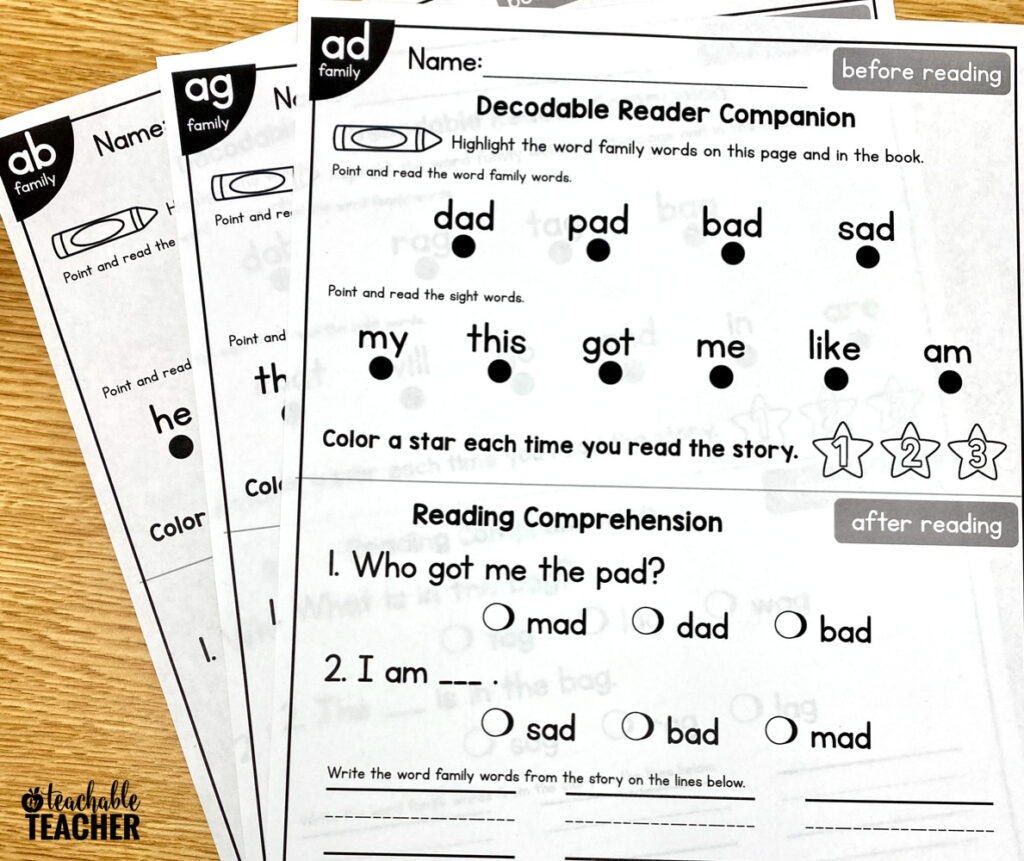
This allows you to use those readers and passages regardless of your scope and sequence!
Do you use decodable readers in your classroom? Are there any decodable reader kits that you recommend? Share with us in the comments below!
Shop this Post
Are you looking for resources to help you teach phonemic awareness to your students? Because phonemic awareness is so critical in helping students learn to read, I’ve created many resources to help you teach phonemic awareness with confidence and ease!
Throughout this post, I have shared photos of my printable decodable readers.
These readers are made from one page (folded). They don’t require any scissors or staples!
They also include pre-reading and post-reading activities.
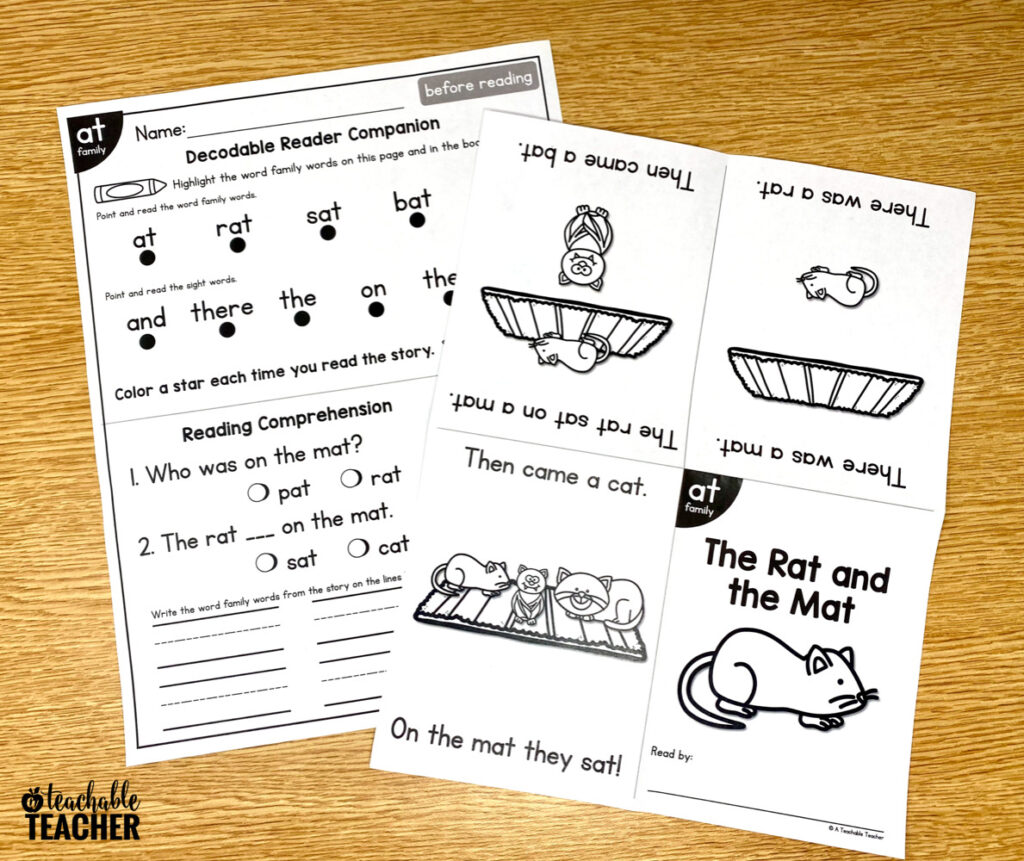
Currently, all of these decodable readers use only the target skill (a specific CVC word family) and sight words/high frequency words.
All words can be front-loaded via the provided pre-reading activity.
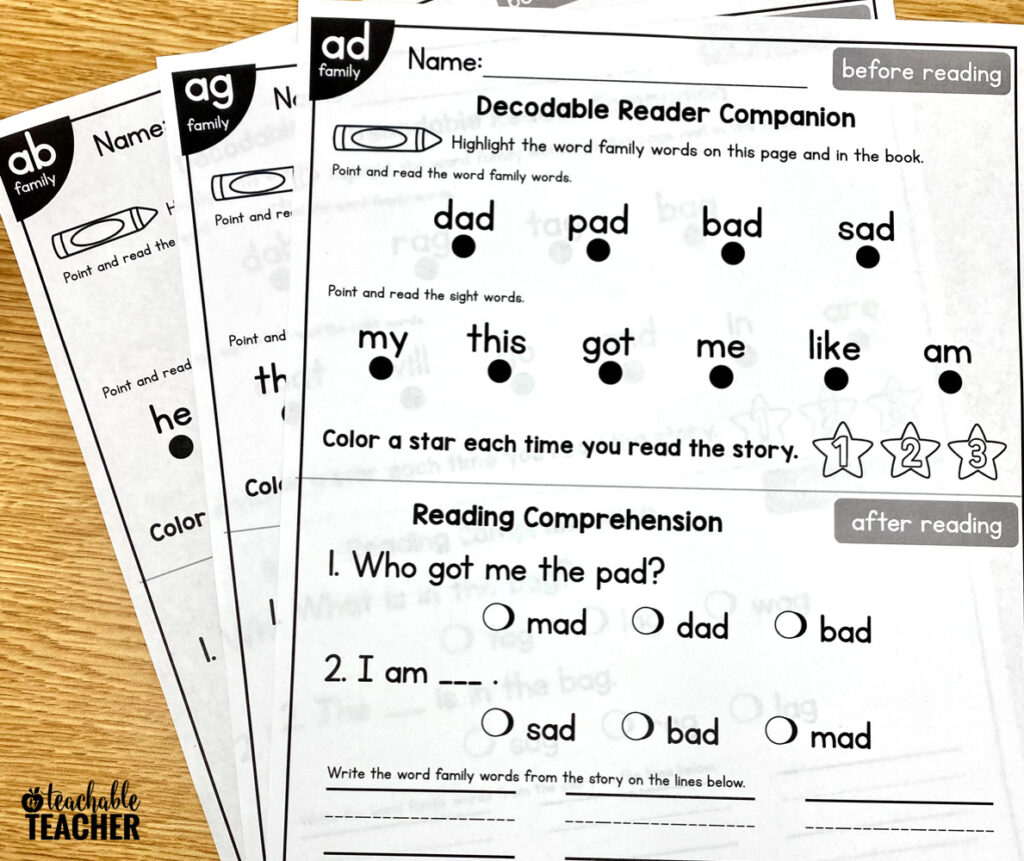
Students build fluency, comprehension, and practice writing word family words with the post-reading activities.
Click HERE to shop the Decodable Readers on Teachers Pay Teachers!Are you looking for Decodable Reading Passages?
These contain decodable stories without any folding involved. The pre-reading, passage, fluency-building, and comprehension questions are all on one page.
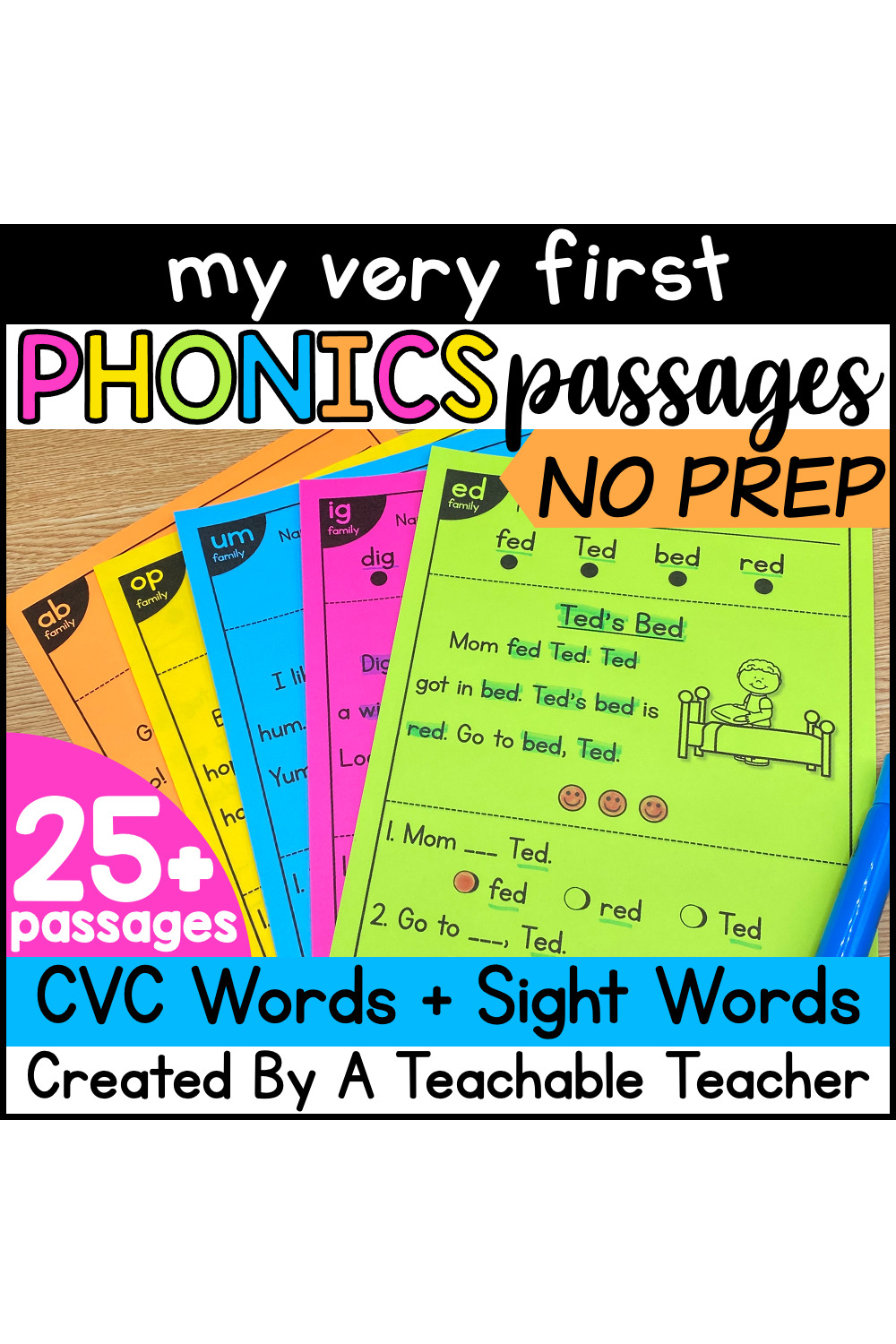
My Very First Phonics Passages – CVC Words
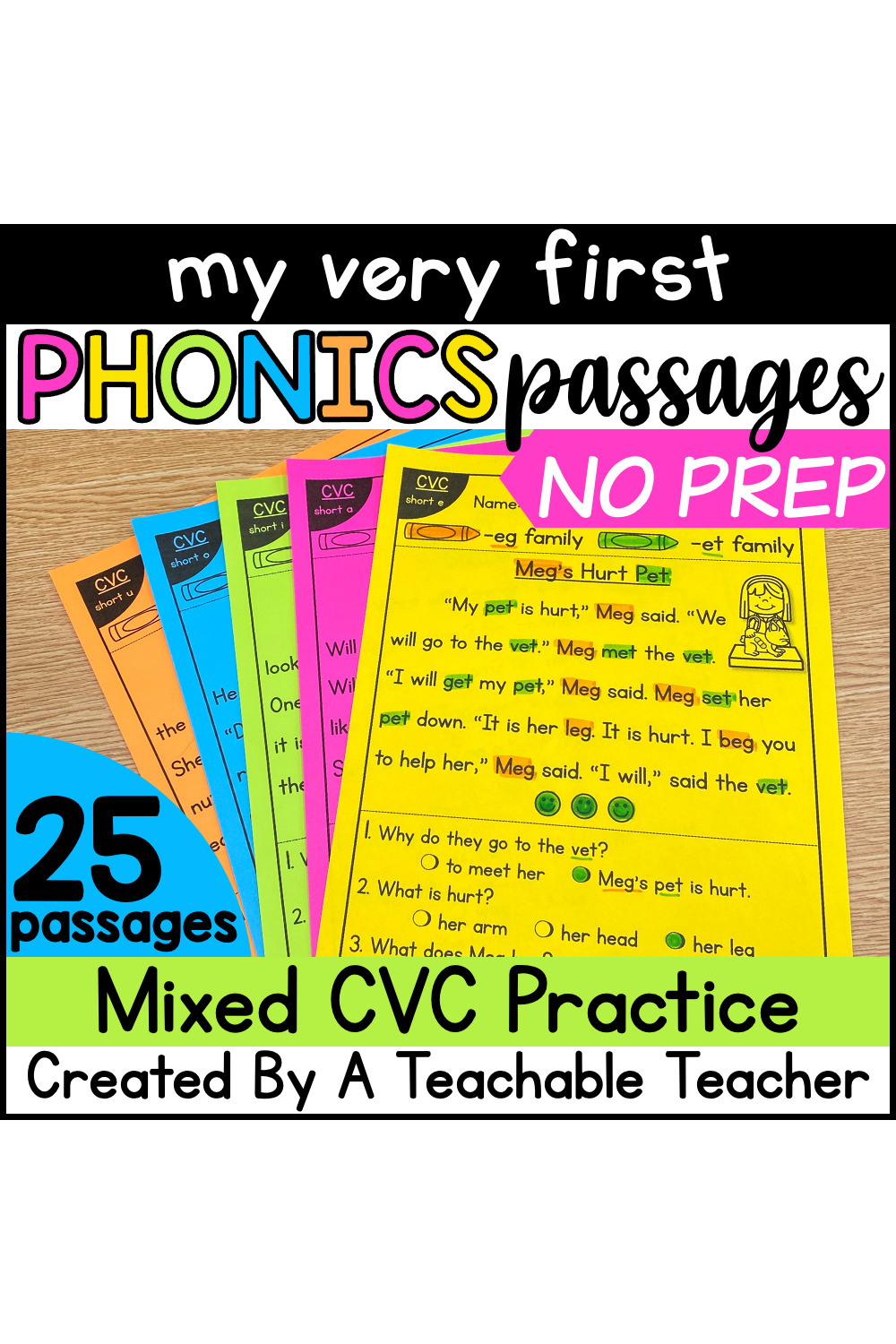
My Very First Phonics Passages – Mixed CVC Practice
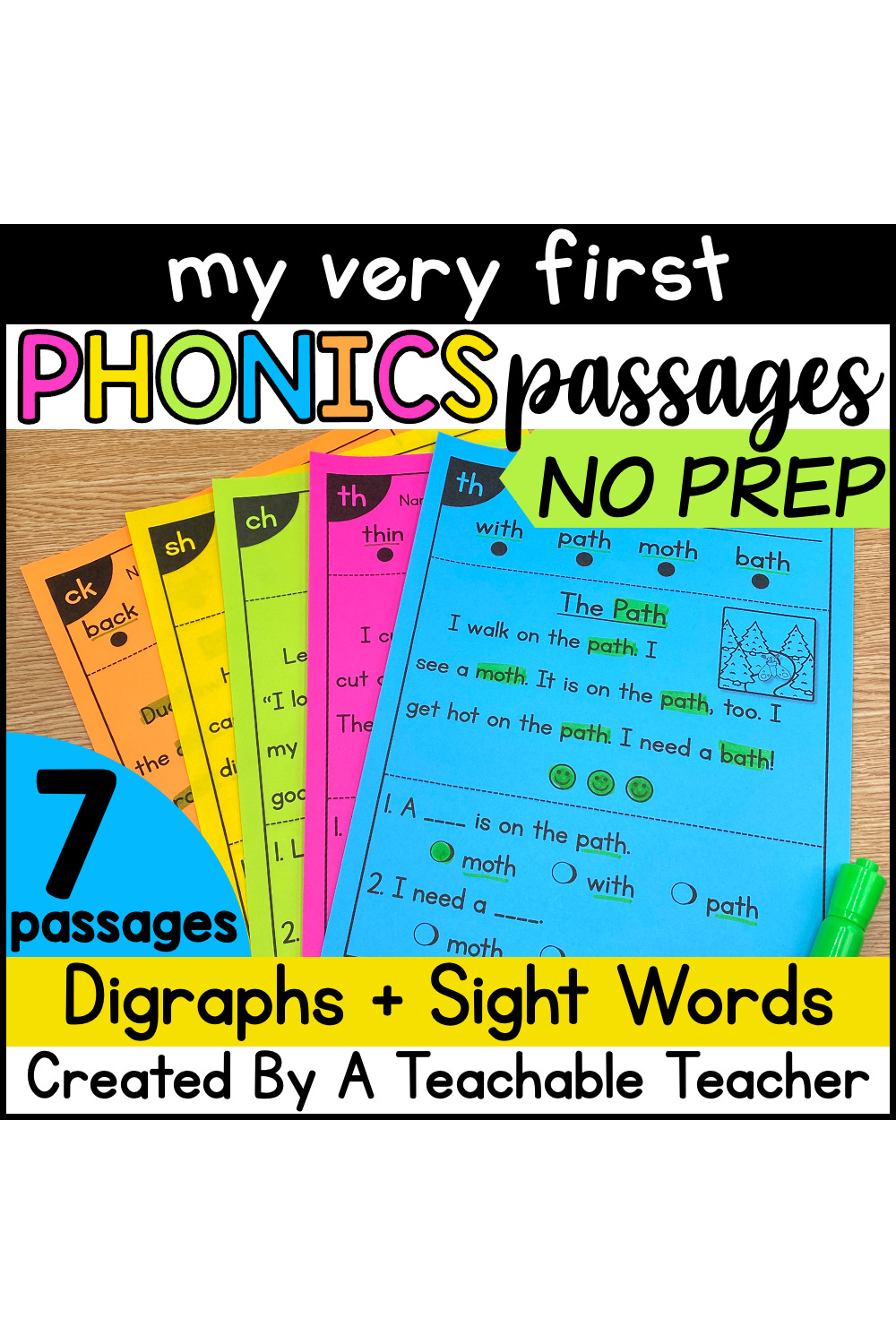
My Very First Phonics Passages- Digraphs
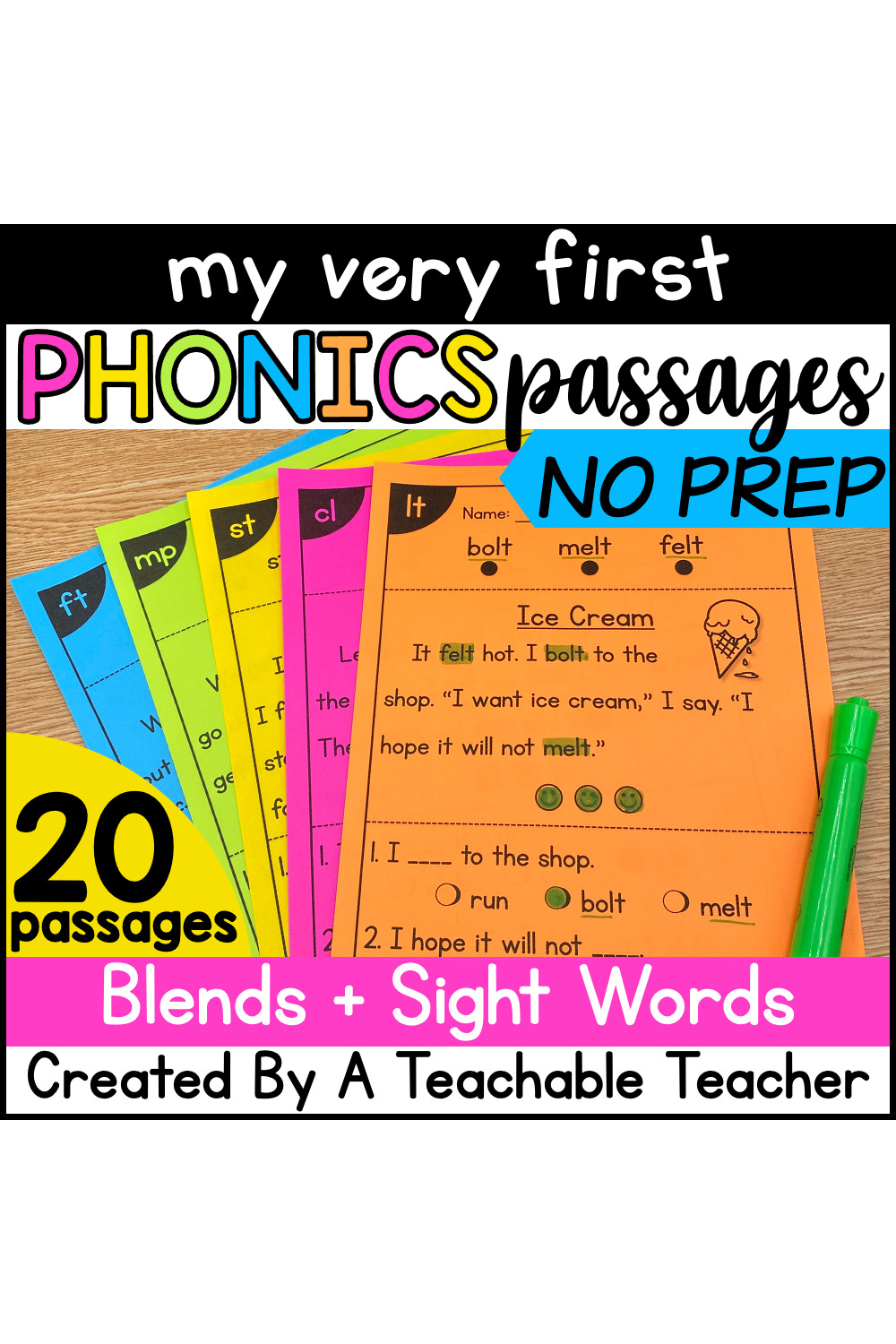

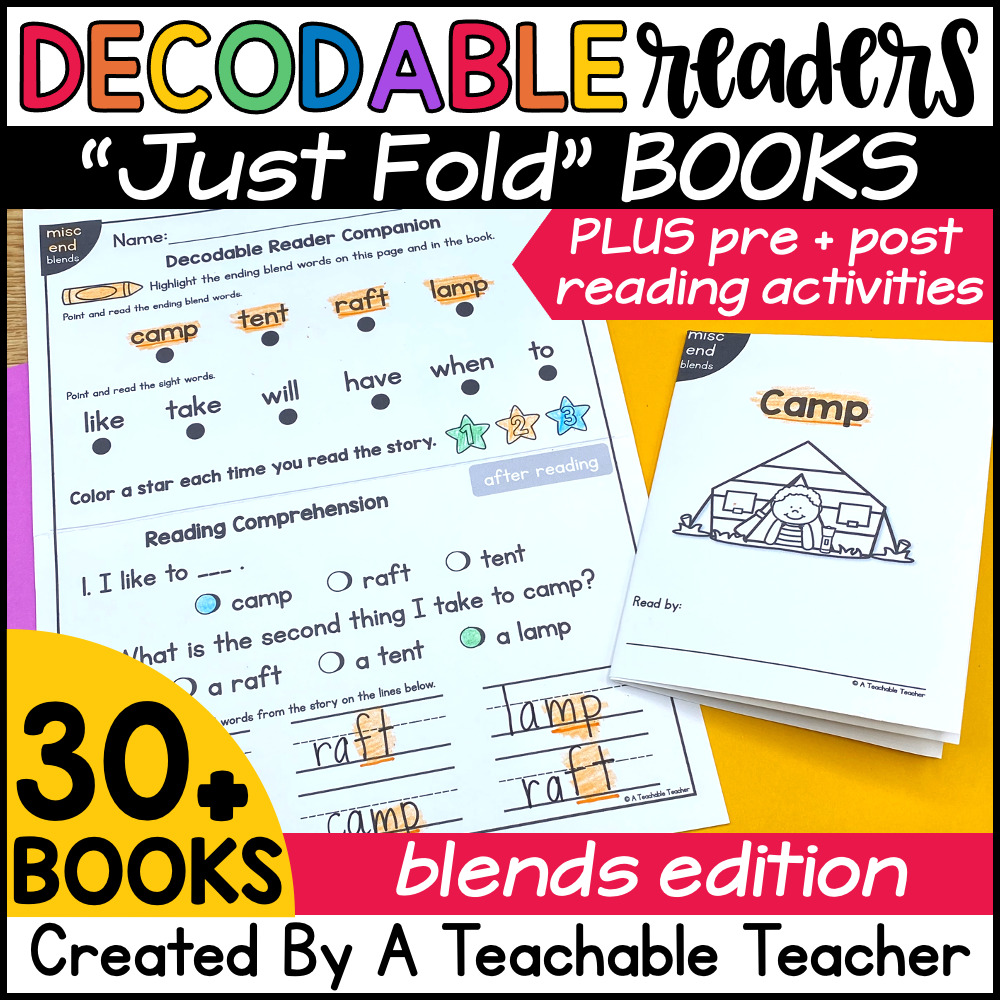
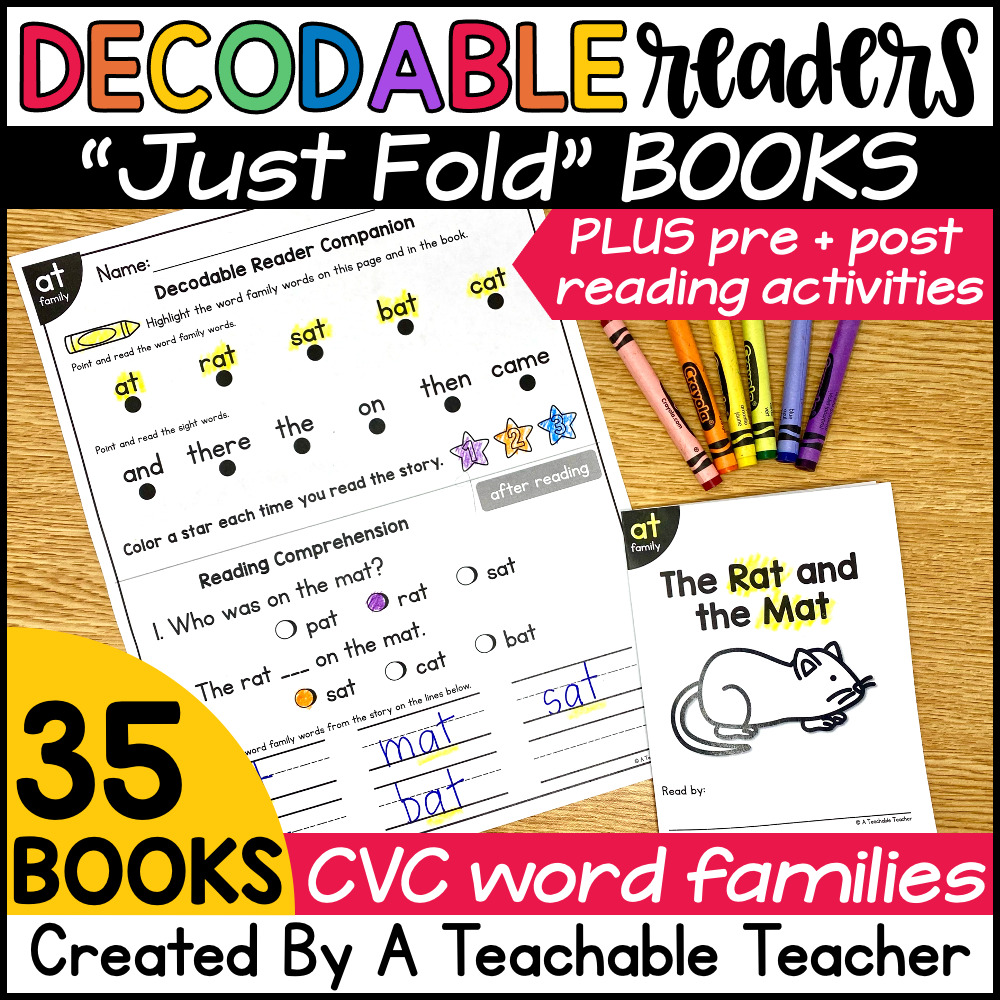
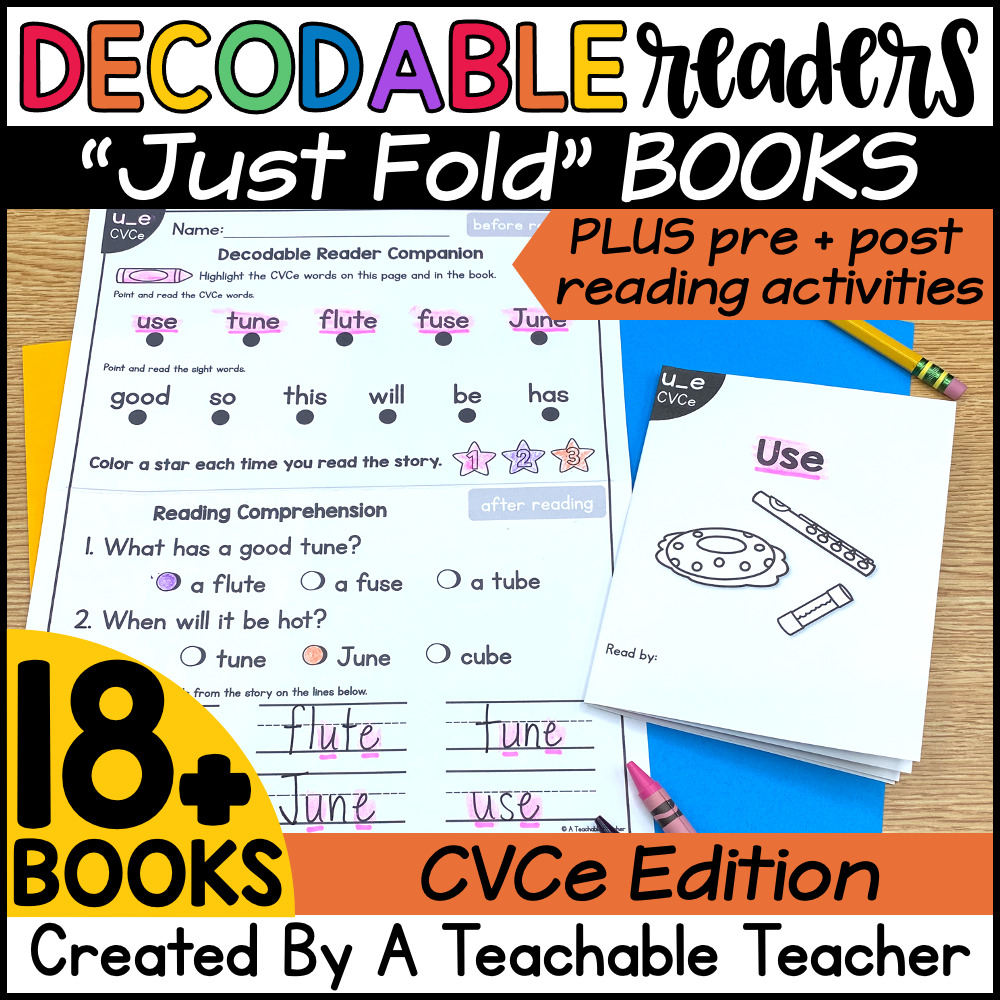
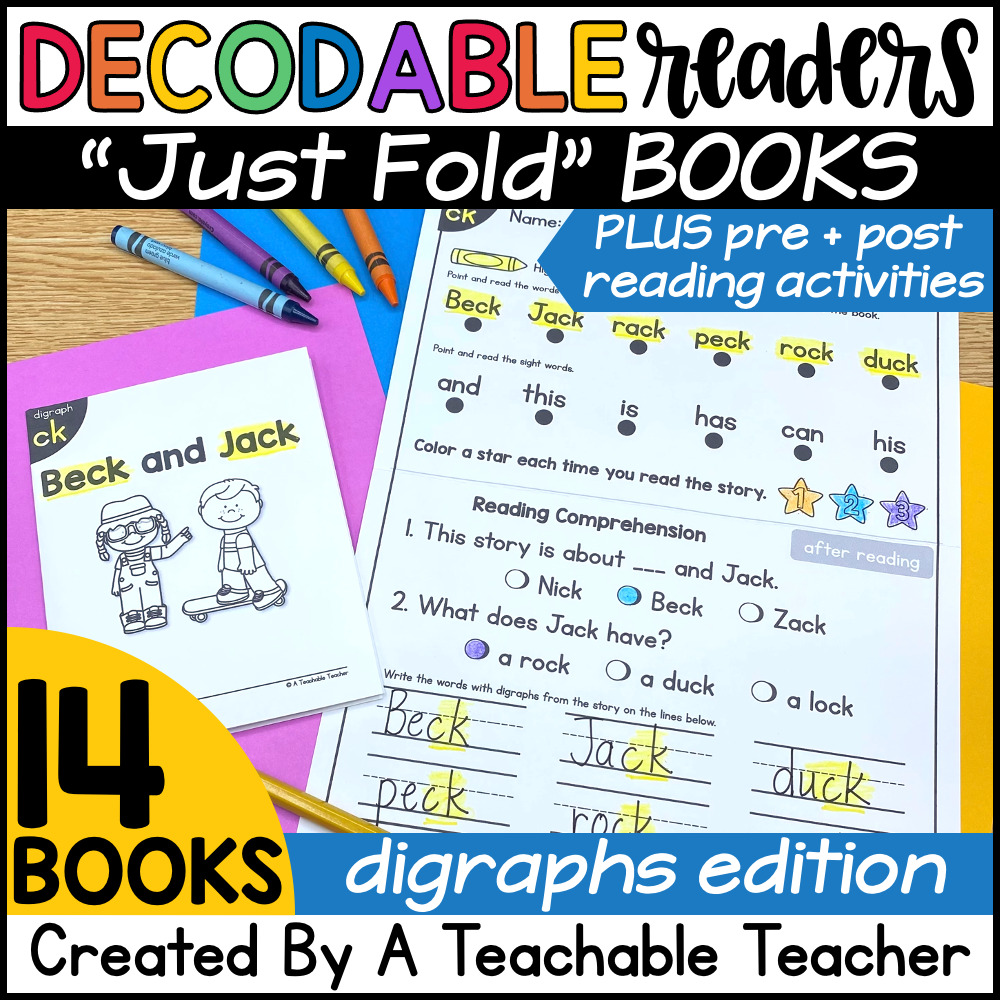
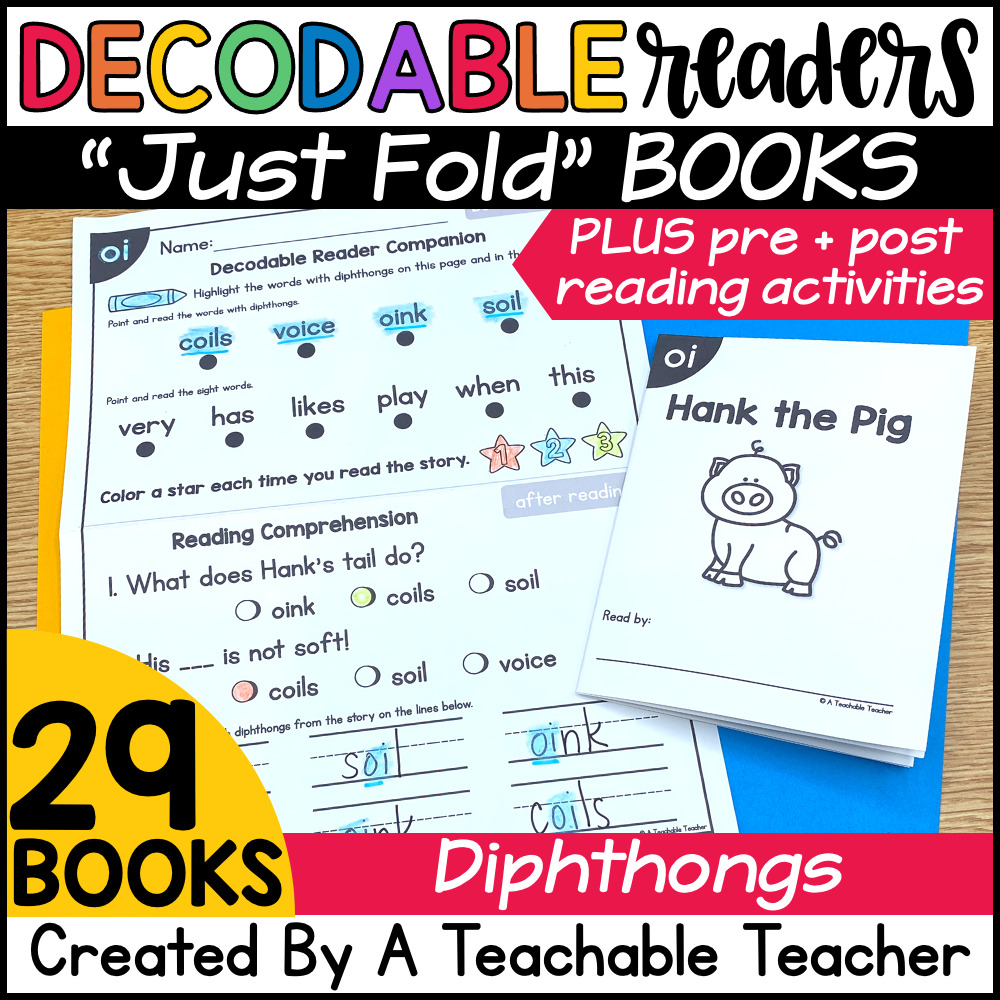
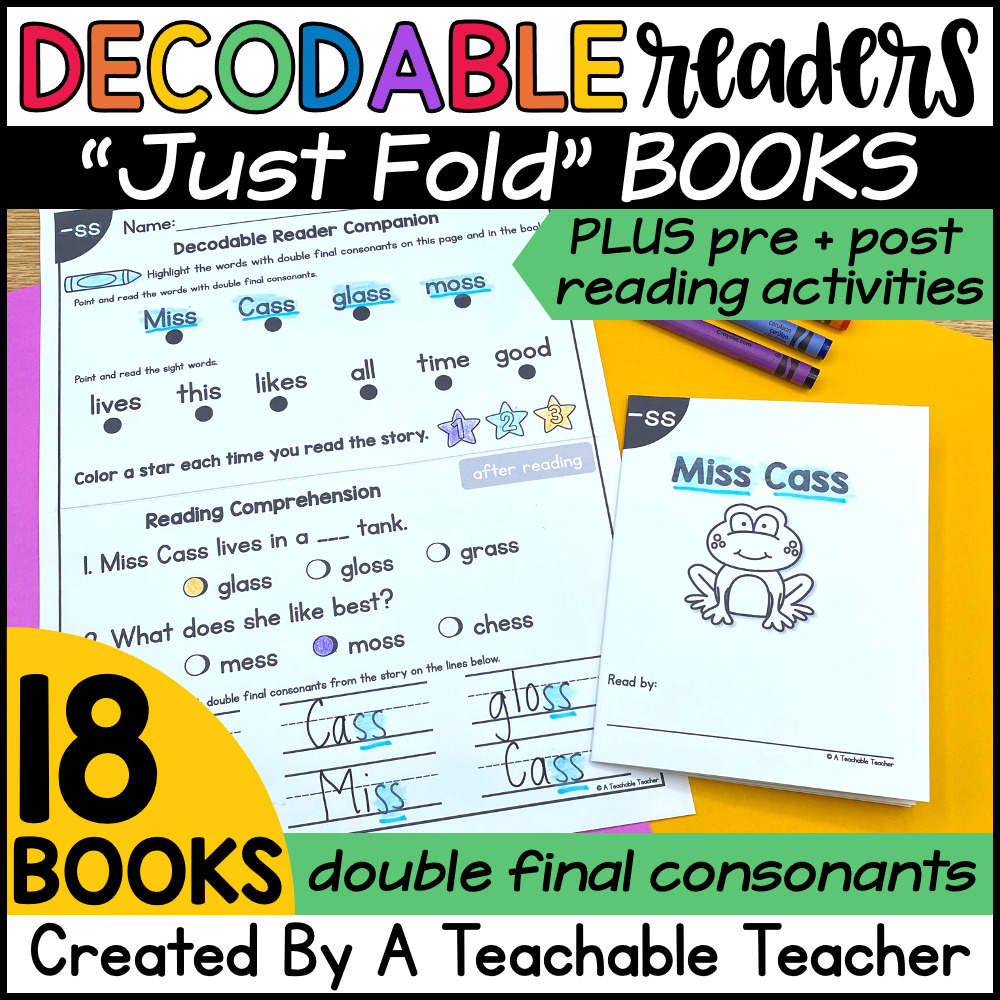
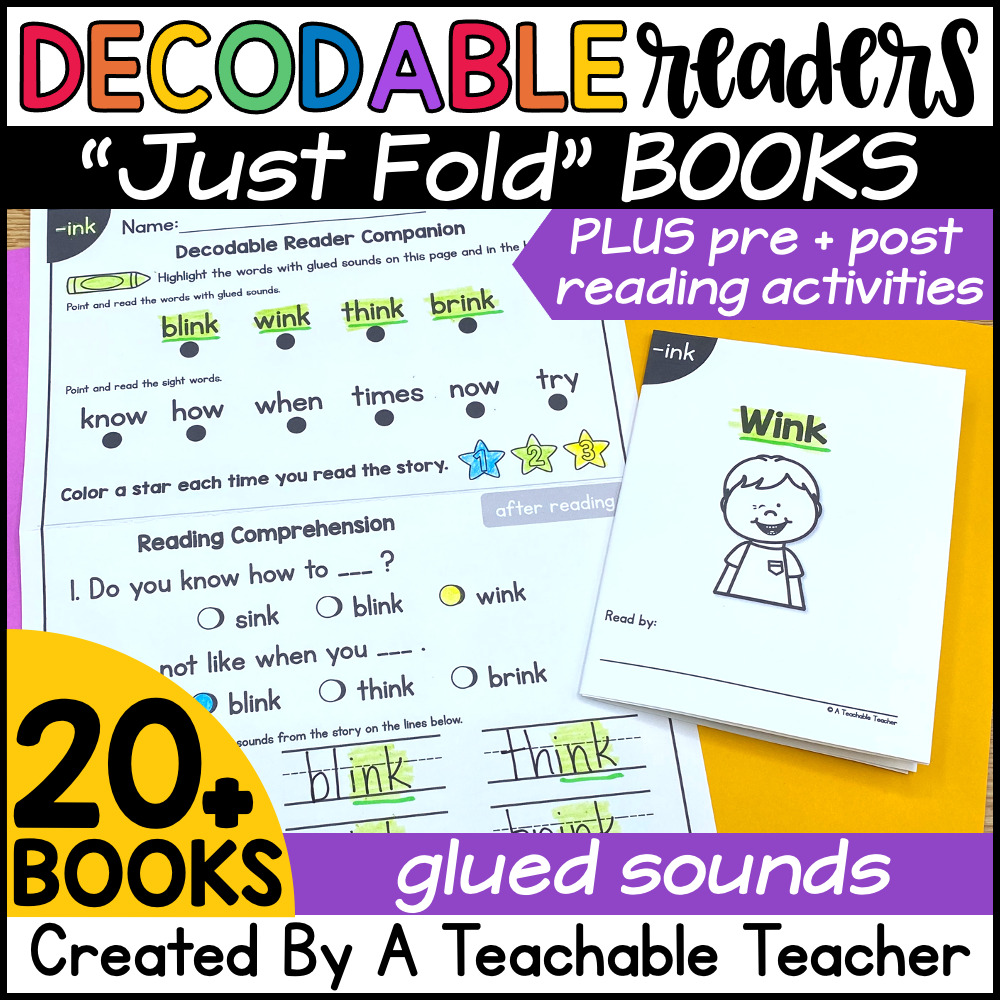
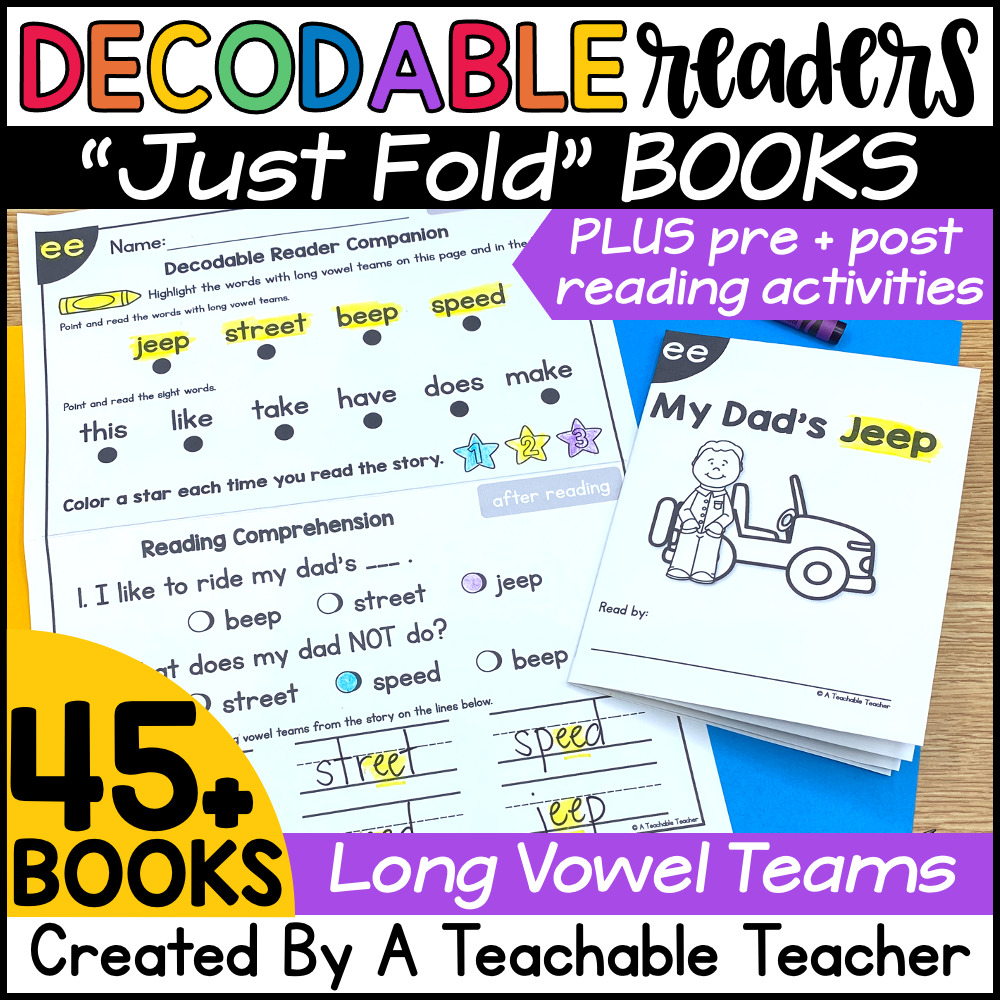
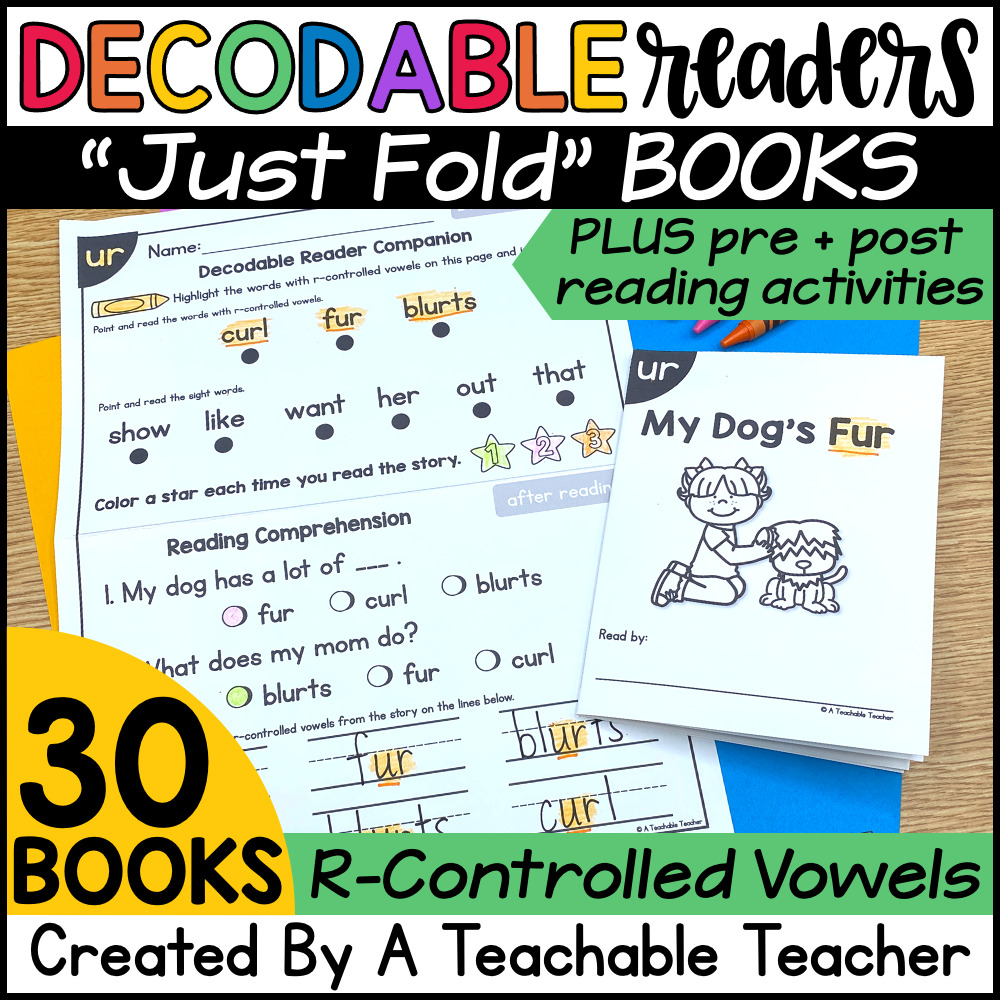

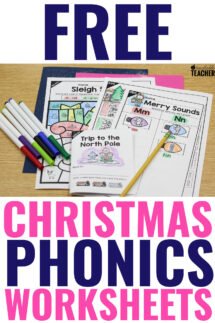
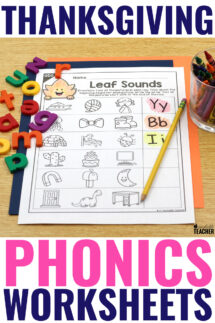
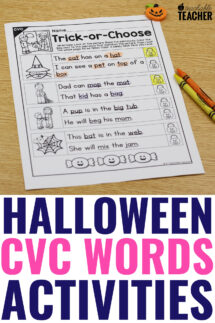
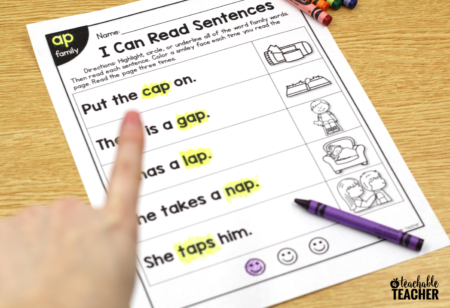
Hey,
I really appreciated this post. Especially the way that you only use high frequency words and that sheets phonics learning point. I have encountered many resources that include other words and just don’t work.
Thanks!
Thanks Ruthanne! I appreciate your kind words. =)
Hello Lauren,
My son is diagnosed dyslexia, and English is his second language. He is 7 years old. Do you think your books can help him to read. If yes what do you recommend to start with?
Thank you